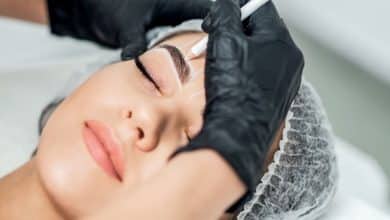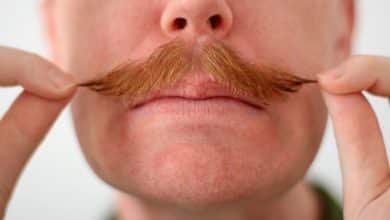Beard Transplantation

Beard transplantation is an aesthetic surgery procedure for the treatment of sparseness, wrong or unwanted beard shapes, or partially or completely bald areas in the beard area. This process is done in a similar way to hair transplantation techniques. Follicular units taken from an area with healthy hair are transplanted into sparse or empty areas in the beard area. Beard transplantation is often preferred in cases of beard loss in men due to hereditary reasons in the beard area or traumatic reasons such as burns, injuries or surgical interventions.
Beard transplantation is an aesthetic surgery procedure for the treatment of sparseness, wrong or unwanted beard shapes, or partially or completely bald areas in the beard area. This process is done in a similar way to hair transplantation techniques. Follicular units taken from an area with healthy hair are transplanted into sparse or empty areas in the beard area. Beard transplantation is often preferred in cases of beard loss in men due to hereditary reasons in the beard area or traumatic reasons such as burns, injuries or surgical interventions.
İçindekiler
What is Beard Transplantation and Who Is It Applied?
Beard transplantation is an aesthetic procedure that makes the beard look denser and more aesthetic by transplanting hair follicles to the beard area. Beard transplantation is generally preferred by men who have problems such as thinning in the beard area, lack of hair or complete absence of beard.
Beard transplantation was done using techniques similar to those used in hair transplantation in previous years. However, in recent years, beard transplantation is also performed with the DHI (Direct Hair Implantation) method. The DHI method ensures that the technologies used for hair transplantation can also be used in beard transplantation.
For beard transplantation, the patient’s own hair roots are usually used. These hair follicles are usually taken from the nape area and transferred to the beard area. The hair follicles used for beard transplantation are slightly different from those used in hair transplantation. The bristles in the beard area are thicker and harder than the hair bristles.
Beard transplantation is a suitable option for men who have thinning or lack of hair in the beard area. However, in some cases, beard transplantation may not be appropriate. For example, beard transplantation may not be necessary due to skin diseases, health problems or drug use. For this reason, the person to be transplanted should first consult with a doctor and evaluate his/her condition.
As a result, beard transplantation can be an aesthetic solution for men with thinning or lack of hair in the beard area. However, it is important to consult a doctor and evaluate the situation before having a beard transplant.
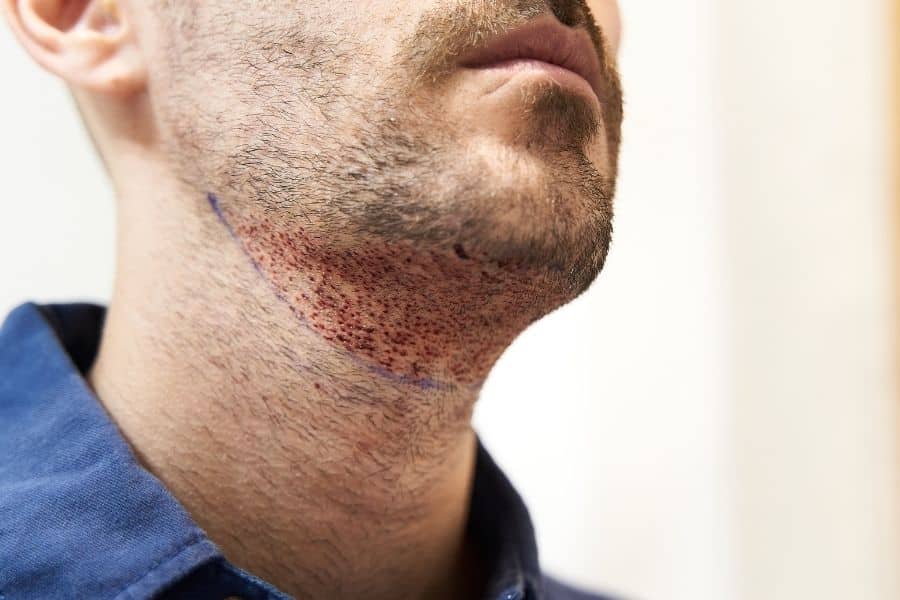
With Which Technique Is Beard Transplantation Performed?
Beard transplantation is usually done using FUE (Follicular Unit Extraction) or DHI (Direct Hair Implantation) techniques.
The FUE method is performed by taking the hair follicles one by one from the nape area and placing them in the channels opened in the beard area. In this method, hair follicles are removed from the skin using a special tool and then placed in the beard area. This procedure is done under local anesthesia and usually takes a few hours. The FUE method is a frequently preferred method because it is less invasive and the recovery period is shorter.
The DHI method is similar to the FUE method but uses a different technology. In this method, hair follicles are taken from a special pen and placed directly on the beard area. In this way, the number of channels that need to be opened in the beard area is reduced and the healing process is shorter.
Which method to use may vary depending on the condition of the beard area, the number of hair follicles and the patient’s preference. For this reason, the person to be transplanted should first meet with a specialist and evaluate his/her condition.

How is Beard Transplantation Performed?
Beard transplantation is usually done using FUE (Follicular Unit Extraction) or DHI (Direct Hair Implantation) techniques.
While beard transplantation is performed with the FUE method, the hair follicles are taken one by one from the nape region of the patient. This procedure is performed under local anesthesia, and the hair follicles are examined under a microscope to determine the number and location of the canals to be placed in the beard area. Then, with the help of a special tool, hair follicles are placed in the channels opened in the beard area. This procedure usually takes a few hours and the patient can return home the same day.
While transplanting the beard with the DHI method, the hair follicles are taken one by one with the help of a special pen and placed directly on the beard area. In this way, the number of channels that need to be opened in the beard area is reduced and the healing process is shorter. The DHI method is slightly more expensive than the FUE method, but it is a faster and less invasive method.
The person to be transplanted should first meet with a specialist and his situation should be evaluated. After this evaluation, the appropriate method is selected and beard transplantation is performed. After the procedure, the patient may have a slight swelling and redness in the beard area. However, these symptoms go away within a few days, and the healing process usually takes a few weeks.
As a result, beard transplantation can be an aesthetic solution for men’s problems such as thinning in the beard area, lack of hair or complete absence of beard. Beard transplantation is performed using techniques such as FUE or DHI and may vary according to the patient’s condition and preference.
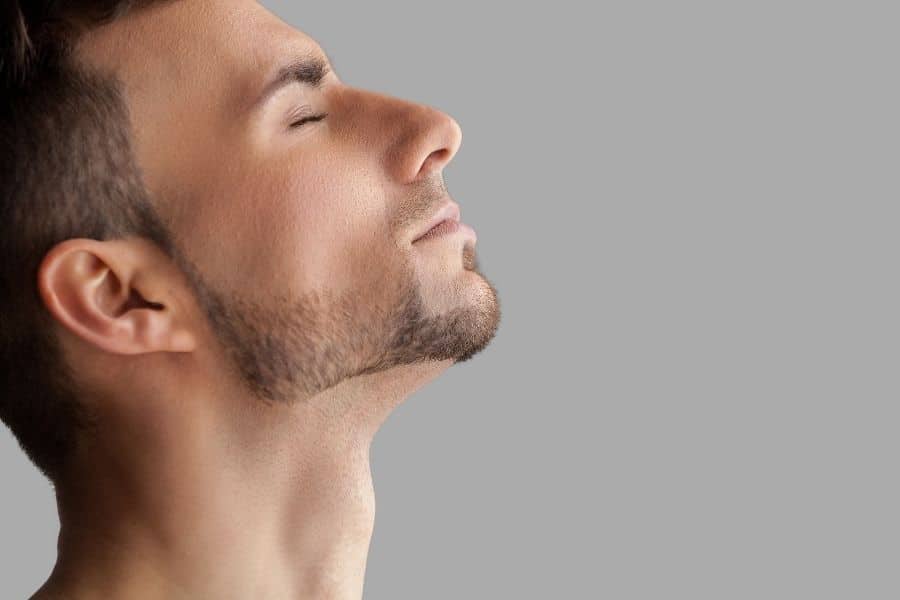
How Many Roots Are Planted in Beard Transplantation?
The number of roots to be planted in beard transplantation may vary depending on factors such as the width of the patient’s beard area, the number of hair follicles, and the desired density of the beard. Since each patient’s need for beard transplantation may be different, the number of hair follicles to be transplanted is determined individually.
In general, approximately 1500-3000 hair follicles may be sufficient for beard transplantation. However, this number may vary depending on the hair structure of the patient, the size of the beard area, the quality of the hair follicle and the desired beard density. Factors such as the number of hair follicles needed, the patient’s health status and skin structure are also taken into consideration.
During the beard transplantation process, the hair follicles are taken one by one and placed in the beard area. Each hair follicle can be placed on the beard area alone or several hair follicles together. Beard transplantation should be done with care to provide a natural and aesthetic appearance. The transplanted hair follicles should be placed in accordance with the shape of the existing hairs in the beard area and should be placed at the right angle and depth.
Beard transplantation can be done in one or several sessions. Processing time may vary depending on the number of hair follicles to be transplanted and the method used. After the transplantation process, it may take several months for the hair in the beard area to regrow and reach the desired density.
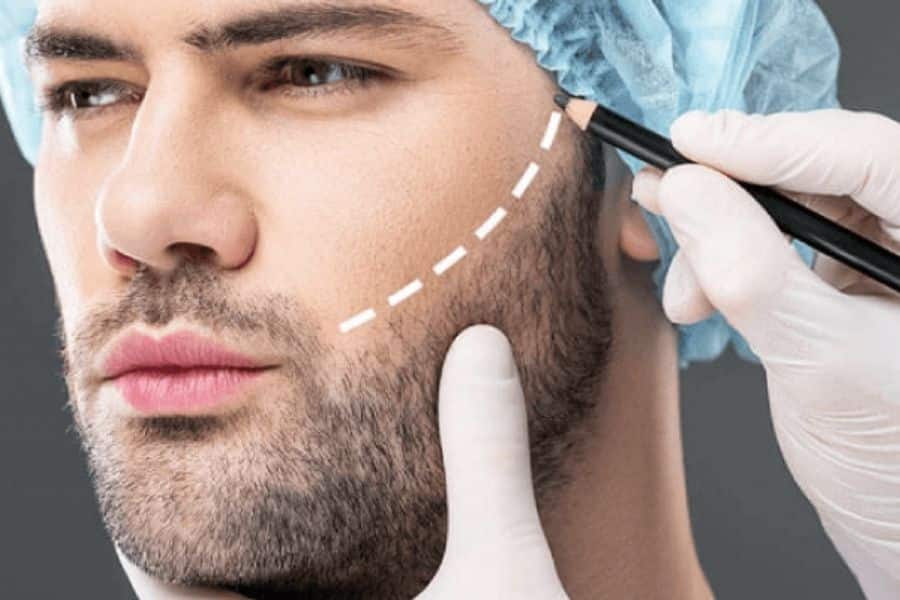
What Should Be Considered After the Operation?
After the beard transplant operation, there are some points to be considered in order for the healing process to take place quickly and healthily. Here are the things to consider after beard transplantation:
Rest in the first days: In the first days after the operation, it is very important to rest for your body to recover. Give yourself time by getting as much bed rest as possible.
Take your medicines regularly: Use the medicines such as painkillers and antibiotics given by your doctor regularly at the specified dose and frequency. This will speed up your healing process.
Pay attention to your nutrition: You need to pay attention to your nutrition after the procedure. Consume foods rich in protein and vitamins in accordance with your doctor’s recommendations. Avoid harmful substances such as alcohol, cigarettes and caffeine.
Follow the cleaning rules: Pay attention to the cleaning of the beard area after the operation. Clean using soap and water in accordance with the cleaning guidelines recommended by your doctor. Avoid rubbing the area.
Follow the post-procedure recommendations: After the operation, follow all the instructions recommended by your doctor. Avoid scratching, rubbing your face, or activities that cause excessive sweating.
Do not neglect regular check-ups: Go to check-ups regularly on the dates determined by your doctor. These checks are very important to make sure your recovery is progressing properly.
The recovery process after beard transplantation may vary from person to person. However, by following the steps mentioned above, you can speed up your healing process and achieve a healthy result.
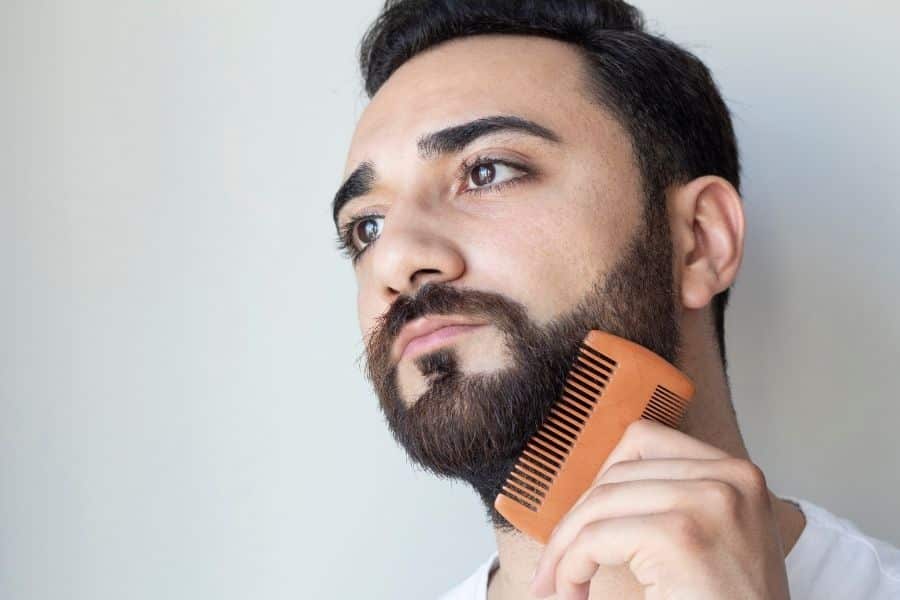
Beard Transplantation Prices
Beard transplant prices may vary depending on many different factors. These include the size of the area to be treated, the number of hair follicles, the experience of the surgeon, the location of the clinic to be treated, and the economic conditions in the country.
In general, beard transplant prices differ from country to country and from clinic to clinic. For example, in some countries such as Turkey, beard transplant prices may be more affordable than in other countries.
Beard transplant prices are determined by the number of hair follicles to be transplanted. On average, you may need to pay an average of 3000-5000 USD for 1000-2000 hair follicles. However, these prices may vary according to clinics and countries.
If you are considering a beard transplant operation, you should research the price ranges and the resumes of the doctors. You can get a price quote by contacting many hospitals and clinics in order not to have any surprises about the price and to have your procedure done in a reliable place.
